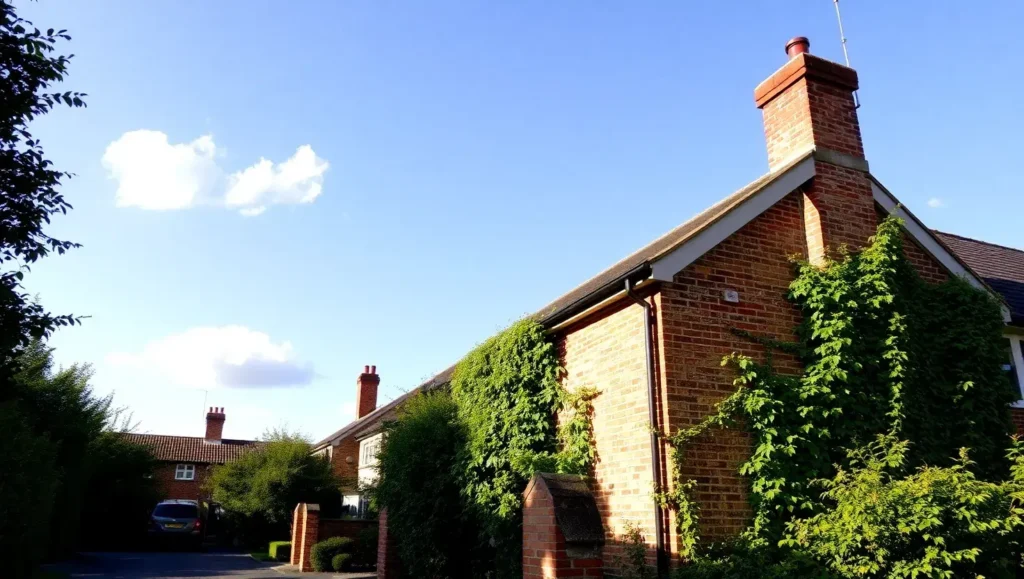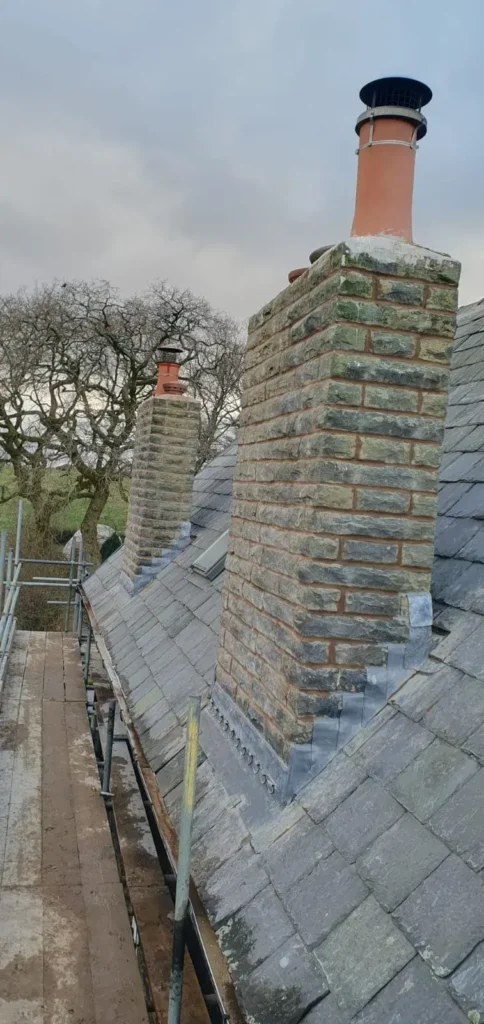Chimney Integration: Roofing Challenges and Solutions
Understanding the complexities of chimney-roof integration for Manchester homeowners
Chimneys create one of the most vulnerable areas on any roof. Where your chimney meets your roof is a prime spot for water ingress, structural issues, and costly maintenance problems. After over 20 years working on Manchester roofing projects, we’ve seen every chimney-related challenge – and developed proven solutions to fix them.
Why Chimneys Are Problematic
The Core Challenge
Chimneys essentially create a hole in your roof’s weatherproof barrier. This penetration must be sealed against water whilst allowing for thermal expansion between the chimney (typically brick or stone) and roofing materials. Different materials expand and contract at different rates, creating ongoing stress on the junction.
Common Problem Areas
- Water ingress from surface runoff and wind-driven rain
- Structural movement due to different settlement and expansion rates
- Maintenance difficulties due to awkward access
- Multiple failure points where different systems meet

Professional Solutions
Common Problem Areas
Lead remains the gold standard for chimney flashing, lasting 60-100 years when properly installed.
Key Components:
- Step flashing: Individual lead pieces dressed into each roof course (minimum 150mm upstand)
- Back gutter: Lead-lined channel on uphill side to manage water flow
- Soakers: Secondary protection between tiles and step flashing
- Code 4 lead (1.8mm thickness) for most domestic applications
Modern Alternatives
EPDM Rubber Systems
- Lower cost and theft risk
- Good flexibility for movement
- 20-30 year lifespan
- Easier installation
Aluminium Composite
- Consistent factory quality
- Quick installation
- Good durability
- May need more frequent maintenance
Structural Considerations
Supporting Heavy Chimneys
Where chimneys show movement signs:
- Roof reinforcement with additional timber or steel supports
- Movement joints using flexible sealants
- Load path improvements to main structural elements
- Building control approval for significant work
Managing Thermal Movement
Different expansion rates between materials require:
- Flexible junction details
- Adequate overlaps in flashing systems
- Regular inspection for gap development
Maintenance Strategy
Annual Checks
What to Look For:
- Condition of all flashing materials
- Security of fixings and upstands
- Blocked back gutters
- Chimney pointing deterioration
- Internal water stain signs
Professional Inspection Schedule
- Annually for chimneys over 50 years old
- Every 2-3 years for modern installations
- After severe weather events
- When water stains appear inside
Seasonal Tasks
Autumn Preparation:
- Clear all gutters and drainage
- Check flashing security before storms
- Inspect chimney caps and pots
Spring Assessment:
- Check for freeze-thaw damage
- Assess storm damage
- Clear winter debris accumulation

Heritage Property Considerations
Conservation Requirements
Manchester’s numerous conservation areas often require:
- Traditional materials (lead over modern alternatives)
- Planning permission for visible changes
- Specialist heritage techniques
- Higher restoration costs
Listed Building Rules
- Listed building consent needed for alterations
- Traditional materials and methods mandated
- Detailed work documentation required
- Specialist contractor selection essential
When to Call Professionals
Safety Limitations
Chimney work involves significant risks. Avoid DIY for:
- Any work at height without proper equipment
- Lead welding and complex flashing work
- Structural modifications
- Listed building or conservation area properties
Warning Signs
Contact qualified roofers when you notice:
- Internal water stains appearing
- Visible flashing damage or gaps
- Chimney movement or leaning
- Recurring problems despite repairs
- Planning renovation work involving the roof area
Cost Investment
Typical Ranges
- Minor flashing repairs: £200-£500
- Complete re-flashing: £800-£2,000
- Major structural work: £2,000-£10,000+
- Heritage restoration: £3,000-£15,000+
Long-term Value
Quality chimney integration provides:
- 25-60 year lifespan depending on materials
- Prevention of major water damage (potentially £10,000s)
- Reduced maintenance costs over time
- Property value protection and marketability
Key Takeaways
Chimney-roof junctions are complex systems requiring professional expertise. The investment in proper integration pays off through:
- Preventing costly water damage to your property’s structure and contents
- Reducing ongoing maintenance headaches and expenses
- Maintaining insurance validity and property value
- Ensuring compliance with local planning requirements
For Manchester homeowners, our variable weather and diverse building stock make professional assessment crucial. Whether dealing with a Victorian terrace or modern property, proper chimney integration is essential for long-term building protection.
Don’t wait for problems to develop – proactive maintenance and professional installation provide the best protection for your investment.


